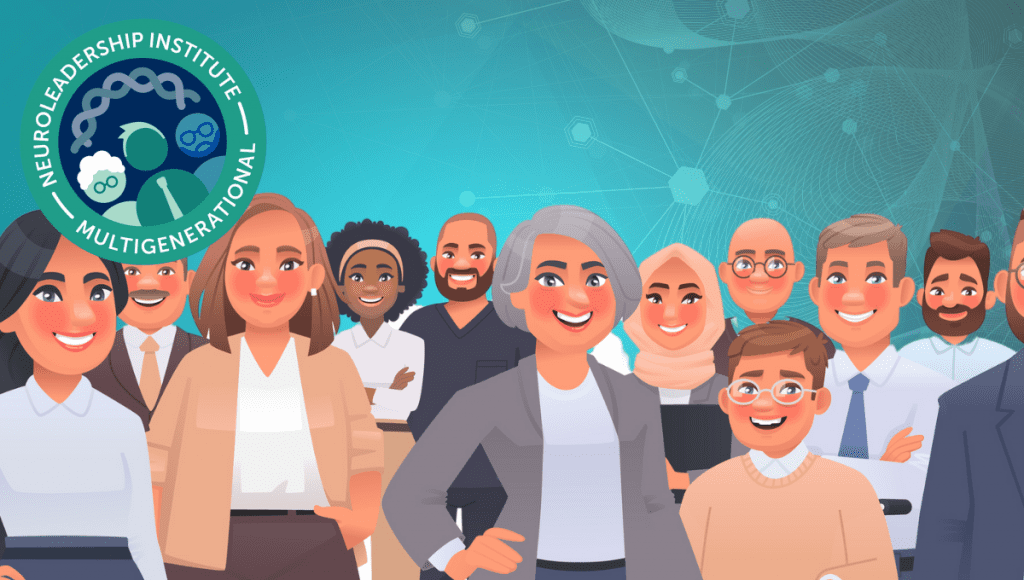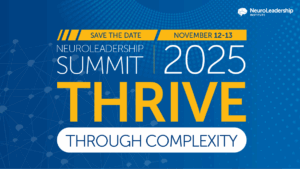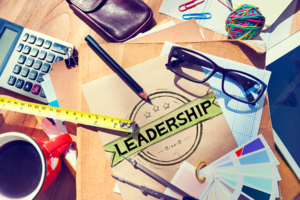Look around your office, virtual, in-person, or hybrid. Chances are you’ll find a baby boomer who hasn’t thought about retirement since 2009, some Generation Xers deep in their second careers, a swath of millennials charting the waters of simultaneous care for their company, kids, and parents, Gen Zers who learned to email and handwrite in the same grade, and a few staff in their 80s providing, perhaps, the ballast of experience.
For a variety of reasons — longer life spans, economic necessity, a passion for their vocation, and more — people aren’t leaving the workforce like they did in the past. Today, five generations of employees make up the labor pool, which means that for the first time in contemporary society, grandparents and grandchildren may find themselves sharing cubicle space.
While some executives continue to resist the idea of an aging workforce, data indicates leaders who embrace the realities of our long-lived world have a competitive advantage over those not ready to diversify their staff’s age range. An AARP survey of global executives from more than 5,500 companies found that 83% of leaders recognized a multigenerational staff as integral to their business success. Boston Consulting Group’s research shows companies with above-average diversity on management teams experience a 9% increase in revenue and a 19% increase in innovation revenue.
Of course, leaders and their organizations can only realize multigenerational gains when they prioritize inclusion. It’s not lost on some workers that the U.S. Age Discrimination in Employment Act of 1967 still plays a critical service. The majority of workers over 50 report regularly being on the receiving end of age-based discrimination when they are on the job. Offhand jokes — “OK, boomer” — or a hiring manager assuming an older candidate can’t work as quickly can pave the way to detrimental career and health outcomes, not to mention a negative impact on companies.
At the other end of the spectrum, the workplace can be cruel to its newest members. It’s easy for leaders to dismiss those new to the workforce with a quick, “Kids these days,” and it’s not uncommon for younger workers to report being asked to put in longer hours for less pay. Adopting stereotypes, co-workers leap to conclusions such as their Gen Z officemates lacking focus.
To be sure, there’s plenty of research that challenges generational stereotypes: Millennials stay in jobs just as long as same-career-stage Gen Xers did, and baby boomers built the computer age. While workers of all generations may define “meaningful work” slightly differently, all seek it.
This leaves organizations with a tricky responsibility: to balance the creation of supportive workplaces for multigenerational staff while ensuring they don’t build the complexity of that support on stereotypes. Finding a benefits package that suits an employee focused on paying off university debt or another worried about flex time to take their parents to the doctor can be a headache in itself.
“Generations are a lens through which to understand societal change, rather than a label with which to oversimplify differences between groups,” noted Michael Dimock, president of Pew Research Center. While there may be tensions, many generations working shoulder to shoulder and screen to screen have the potential to shift away from a model of knowledge only trickling “top” down. Instead, there’s an opportunity for a seasoned sales executive to share tips on how to remember clients’ names and the actor-turned-project manager millennial to teach their team how to deliver an impressive presentation. As knowledge and experience flow between all employees, organizations can find themselves awash in a sea of problem-solving, innovation, and satisfied staff.
By 2026, 30% of the U.S. population ages 65-74 will still be doing the daily commute, and 10% of the workforce will be over 75. The median age of the global population is on the rise. Like it or not, five generations of workers will continue to clock in and come together around the water cooler. As some of us don tailored Brooks Brothers suits and others rock a crop top, it’s time to investigate our biases and inflexibilities and ask what the people around us need, what they have to contribute, and how they want to contribute. We’ll continue to dive into the realities of our multigenerational workplaces and uncover how we can get comfortable with discomfort and good friction to create those seas of supportive and successful grand organizations.






